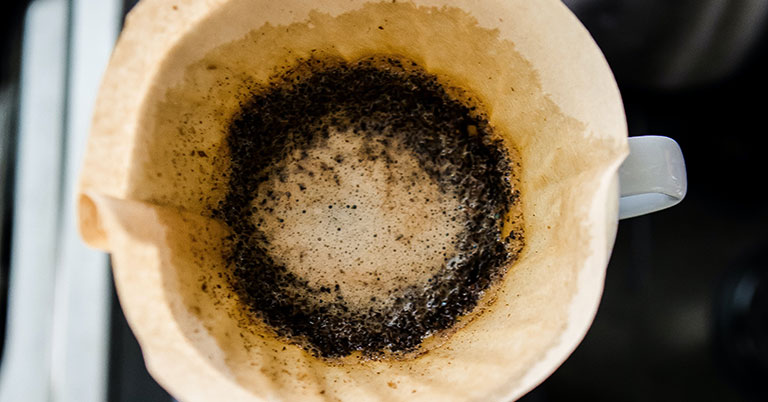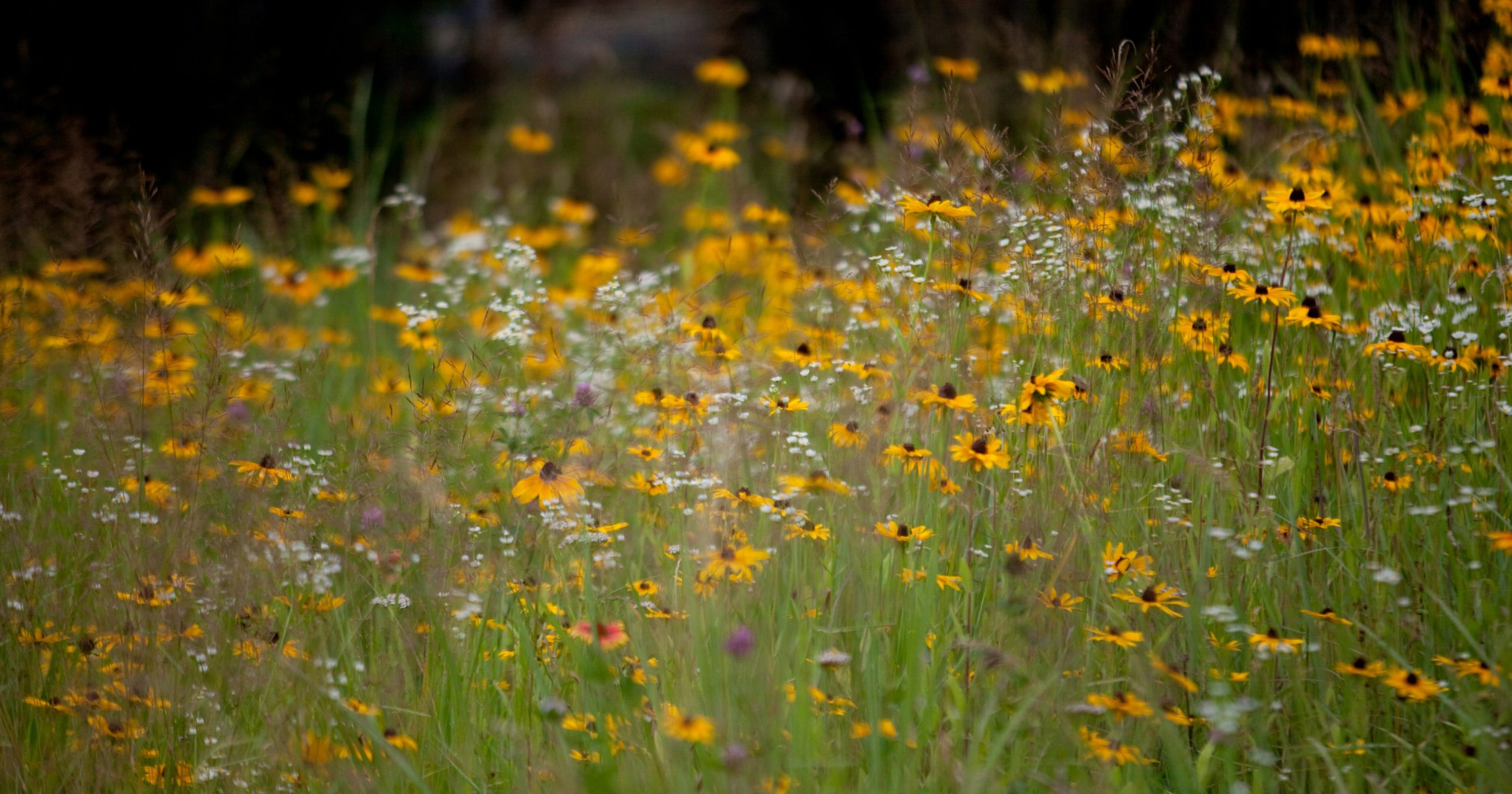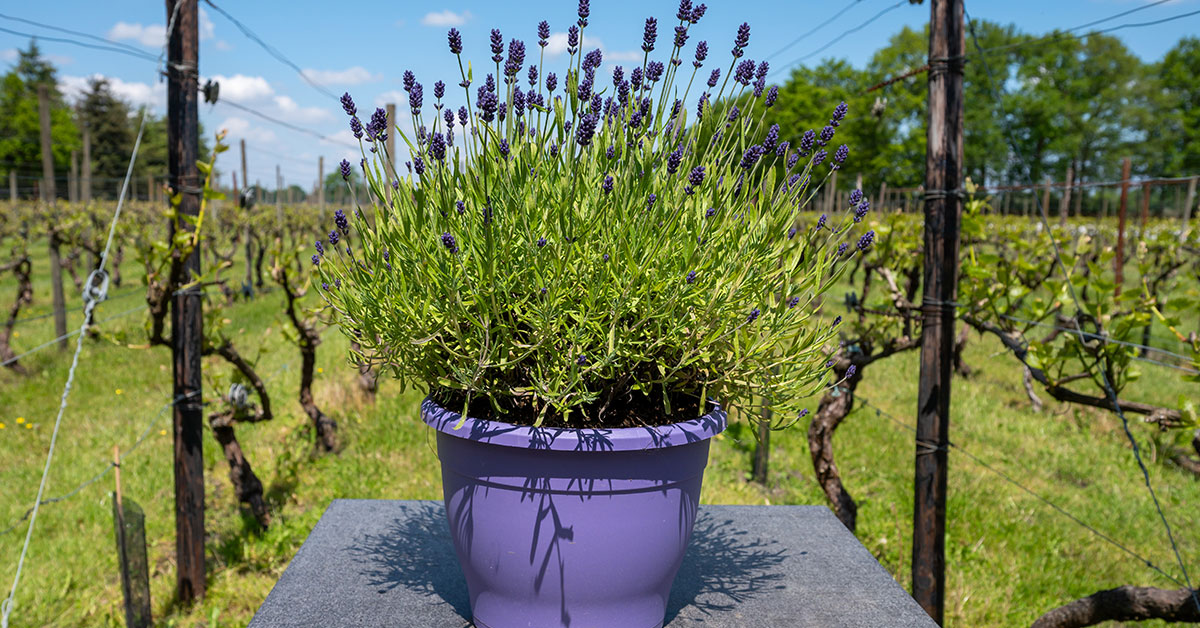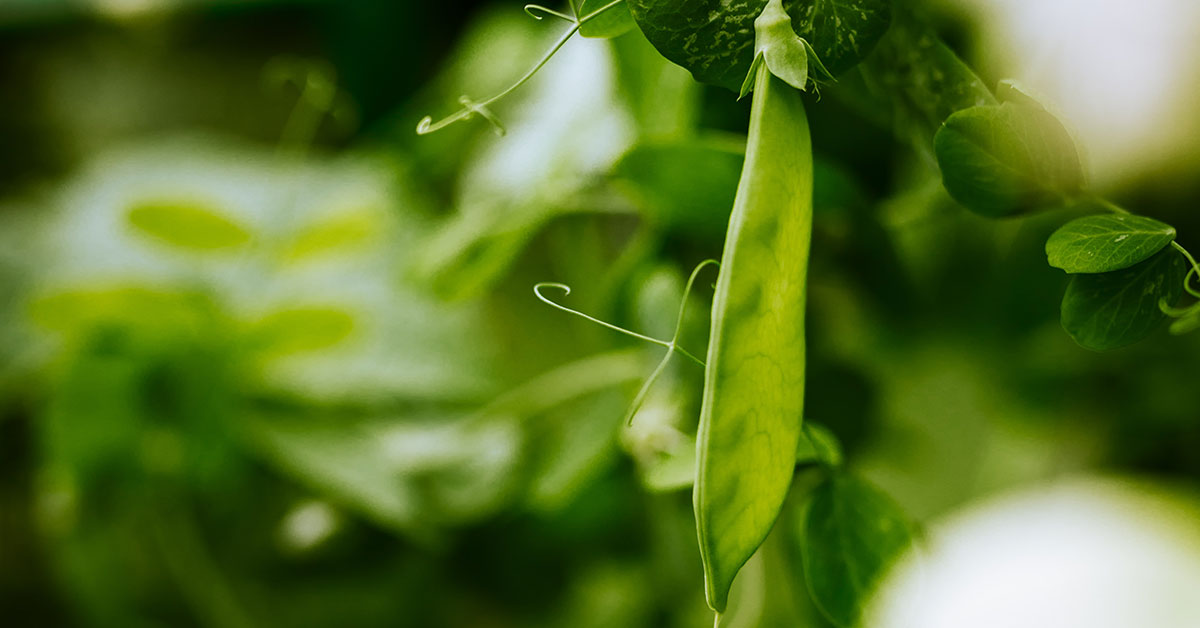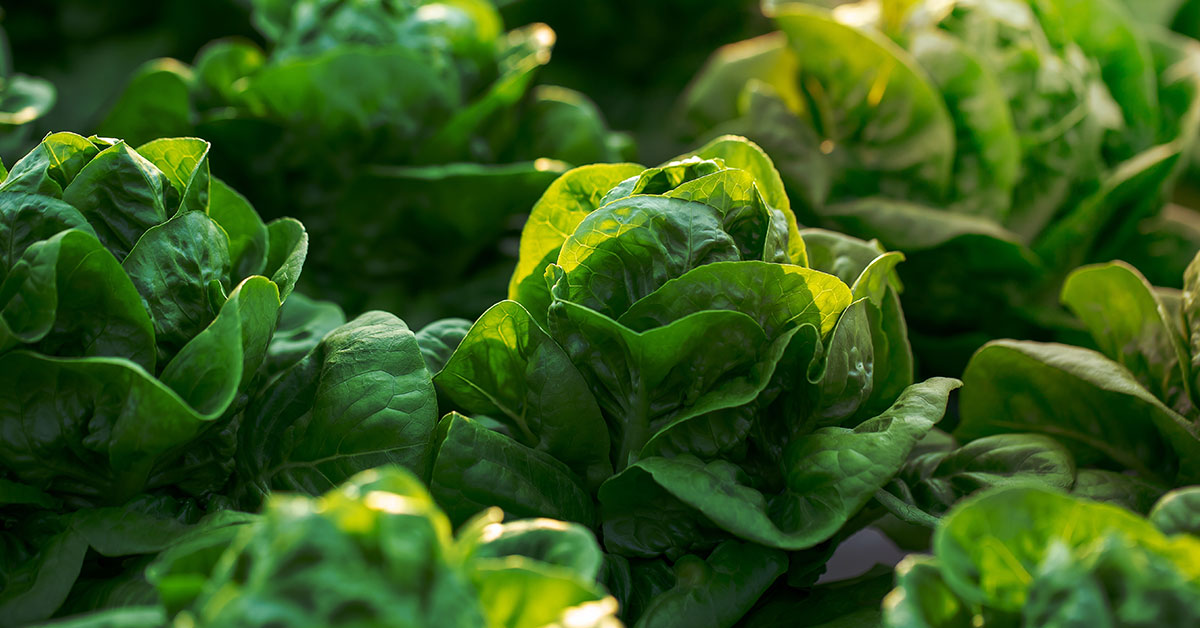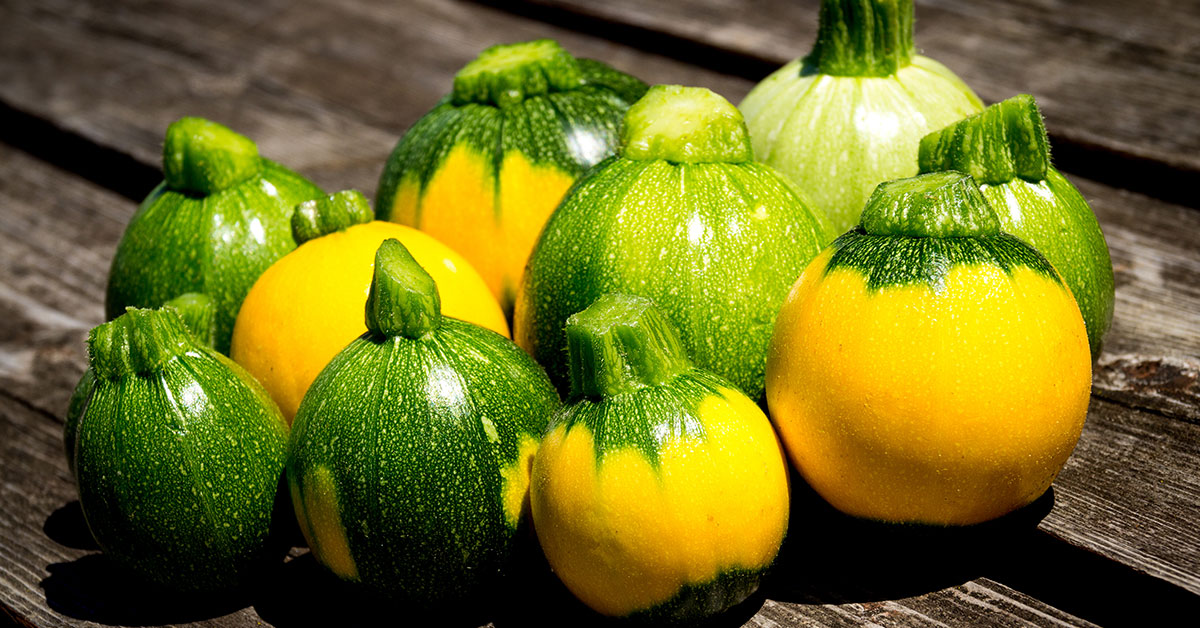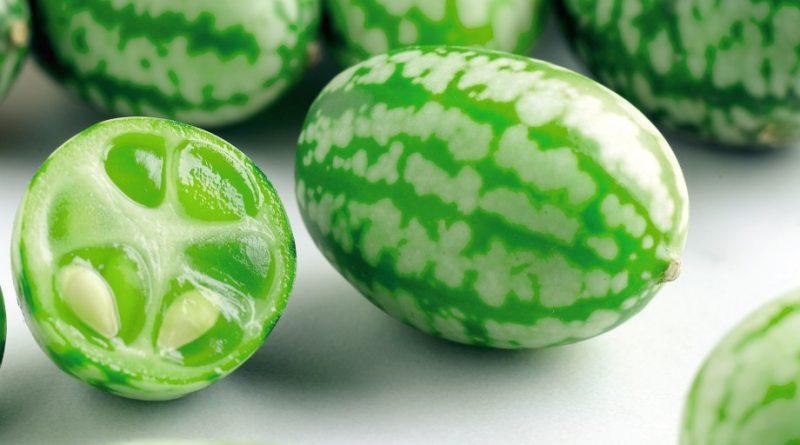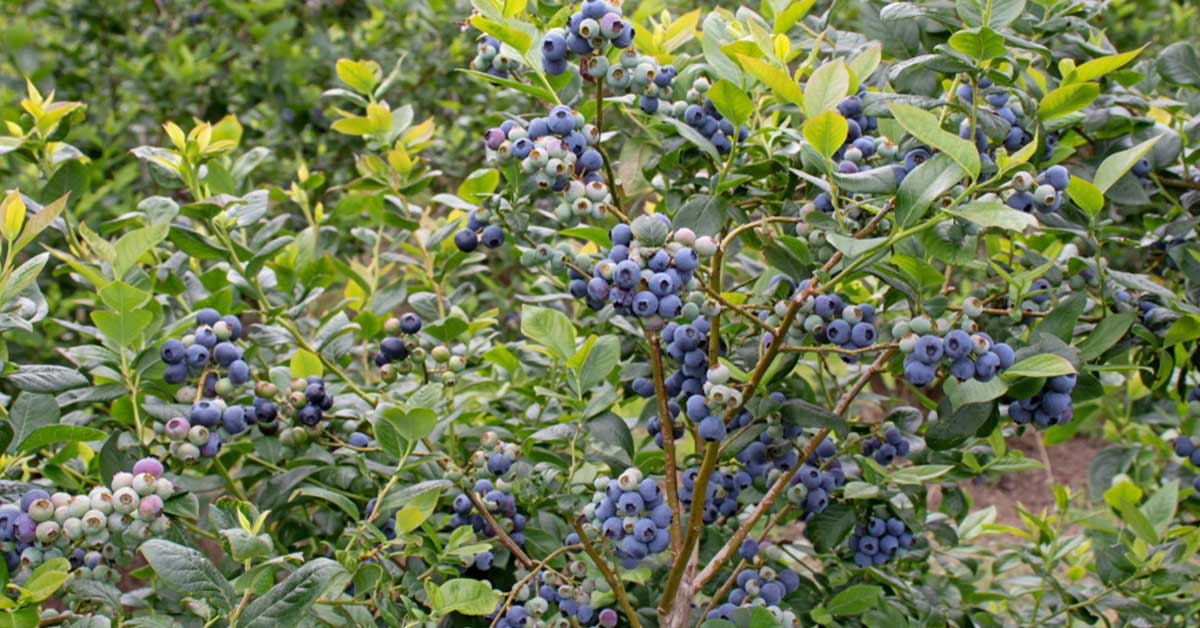Growing peas in Connecticut can be an easy plant to add to your garden. The warm summers, cool springs, and mild autumns provide the perfect environment for peas to mature and thrive.
With the right soil, ample water, and plenty of sunshine, gardeners will have no problem growing this popular vegetable in Connecticut. Peas are versatile and nutritious vegetables that are easy to grow, making them a great choice for both beginner and experienced gardeners in Connecticut.
Easy Pea Varieties To Grow
Peas are a delicious and nutritious addition to any garden, and fortunately, there are several easy varieties of peas that you can grow even if you’re new to gardening. Here are some varieties to consider, along with the number of days until the harvest:
Sugar Ann: This variety of snap pea is very sweet and tender, making it a favorite among gardeners. Sugar Ann peas are also quite easy to grow, and they can be harvested in just 56 days.
Oregon Sugar Pod: Another snap pea variety, Oregon Sugar Pod is known for its crunchy texture and sweet flavor. These peas can be harvested in about 60 days.
Little Marvel: This classic garden pea is easy to grow and produces sweet, flavorful peas that are great for eating fresh or freezing. Little Marvel peas can be harvested in about 65 days.
Wando: This variety of garden pea is a great choice if you’re looking for a high yield. Wando peas are also easy to grow, and they can be harvested in about 70 days.
Cascadia: This snap pea variety is disease-resistant and produces a large crop of sweet, crunchy peas. Cascadia peas can be harvested in about 60 days.
No matter which variety you choose, peas are a great addition to any garden. They are relatively easy to grow, and they can be harvested in just a few months, making them a great choice for new gardeners and experienced gardeners alike.
When To Plant Peas Indoors In Connecticut
Peas are a great crop to grow in the early spring, and starting them indoors can give you a head start on the growing season. Planting peas indoors 8 to 6 weeks before the last frost in the spring allows the seeds to germinate and grow into healthy seedlings. The final frost in Connecticut is:
- Zone 5: Around March 6th
- Zone 6: Around February 28th
- Zone 7: Around February 21st
Planting peas indoors is easy. Here’s a quick guide:
- Choose a container: Choose a seed tray or pots that are at least 3 inches deep and have drainage holes.
- Prepare the soil: Use a seed starting mix that is loose and well-draining. Fill the container with the soil, leaving about 1/2 inch of space at the top.
- Plant the seeds: Plant the pea seeds about 1 inch deep and 2-3 inches apart. If using a seed tray, plant several seeds in each cell or section. Cover the seeds with soil and water gently.
- Provide proper lighting: Peas need plenty of sunlight or artificial light to grow. Place the container in a sunny window or under grow lights. If using grow lights, keep them about 2 inches above the seedlings.
- Water regularly: Keep the soil moist but not waterlogged. Water the seeds lightly, being careful not to disturb the soil or seeds.
- Transplant the seedlings: Once the seedlings have developed their first set of true leaves and are about 4 weeks old, they can be transplanted into the garden. Harden off the seedlings by gradually exposing them to outdoor conditions, then plant them in well-draining soil in a location with full sun.
Once the seedlings are about 4 weeks old and have developed their first set of true leaves, they can be transplanted to the garden. However, it’s important to wait until a few weeks before the last expected frost to transplant the seedlings, as peas prefer cooler temperatures and can be damaged by frost.
Once transplanted, peas will continue to grow and produce until the weather becomes too warm in the summer. Overall, starting peas indoors is an easy and effective way to get a jump start on your garden and enjoy a bountiful harvest of fresh, delicious peas.
Planting Peas Outdoors In Connecticut
Peas are a cool-season crop that can be sown directly outdoors in the spring, but it’s important to wait until the soil has warmed up sufficiently to ensure good germination. Here are some guidelines for when to sow peas directly outdoors in the spring:
- Soil temperature: Peas prefer soil temperatures of around 50-60°F (10-15°C) for optimal germination. If the soil is too cold, the seeds may rot or germinate slowly.
- Last frost date: Peas can be sown directly outdoors a few weeks before the last expected frost date in your area. However, it’s important to make sure that the soil has warmed up sufficiently and that there is no risk of frost. The final frost date in Connecticut is around:
- Zone 5: Around April 30th
- Zone 6: Around April 21st
- Zone 7: Around April 3rd
- Soil preparation: Prepare the soil by removing any weeds and incorporating organic matter, such as compost or aged manure. Peas prefer well-draining soil with a slightly acidic pH of around 6.0-7.0.
- Sowing depth: Plant the pea seeds about 1-2 inches (2.5-5 cm) deep, spaced about 2-3 inches (5-7.5 cm) apart. You can sow them in rows or in a block.
- Watering: Water the pea seeds immediately after planting and keep the soil moist until they germinate. Once the plants have established, water deeply once or twice a week, depending on the weather and soil conditions.
Caring For Pea Plants
Caring for pea plants is important to ensure a healthy and bountiful harvest. Pea plants need regular watering, especially during dry spells. Water them deeply once or twice a week, depending on the weather and soil conditions.
Peas are nitrogen-fixing plants, which means they have the ability to convert atmospheric nitrogen into a form that can be used by the plant. However, adding a balanced fertilizer can help boost growth and yield.
Pea plants need support to climb and reach their full potential. You can use trellises, stakes, or other structures to support the plants. Keep the area around the pea plants free of weeds, as they can compete with the plants for nutrients and water.
Keep an eye out for pests, such as aphids, slugs, and snails, which can damage or destroy pea plants. Use natural or organic pest control methods, such as handpicking or spraying with a soap and water solution.
By following these care tips, you can ensure that your pea plants stay healthy and productive throughout the growing season.
Additional Resource: 12 Best Companion Plants For Peas
When To Harvest Peas In Connecticut
Knowing when to harvest peas is important to ensure that they are at their peak flavor and texture. Here are some guidelines for when to harvest peas:
Sugar snap peas should be harvested when the pods are plump and the peas inside are still tender. The pods should be crisp and snap easily when bent. It’s best to harvest sugar snap peas when they are young, as older pods can become tough and stringy.
Snow peas should be harvested when the pods are flat and the peas inside are still small and undeveloped. The pods should be tender and crisp, with no visible bulges indicating that the peas inside have begun to mature.
Shell peas should be harvested when the pods are plump and full, but before the peas inside have become too large and starchy. The pods should be slightly firm to the touch, but not too tough.
It’s important to harvest peas regularly to encourage continued production. As a general rule, you should plan to harvest peas every 1-2 days during peak season. This will also help prevent the pods from becoming too mature and tough.
In addition to monitoring the pods, it’s also a good idea to taste a few peas periodically to check for flavor and texture. With a little practice, you’ll become an expert at knowing when to harvest your peas for the best results.


